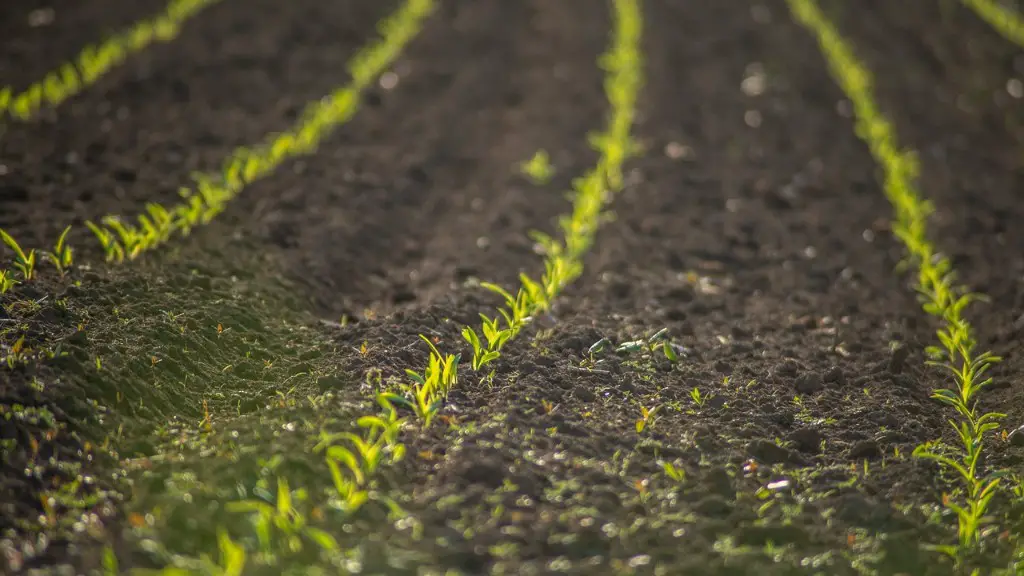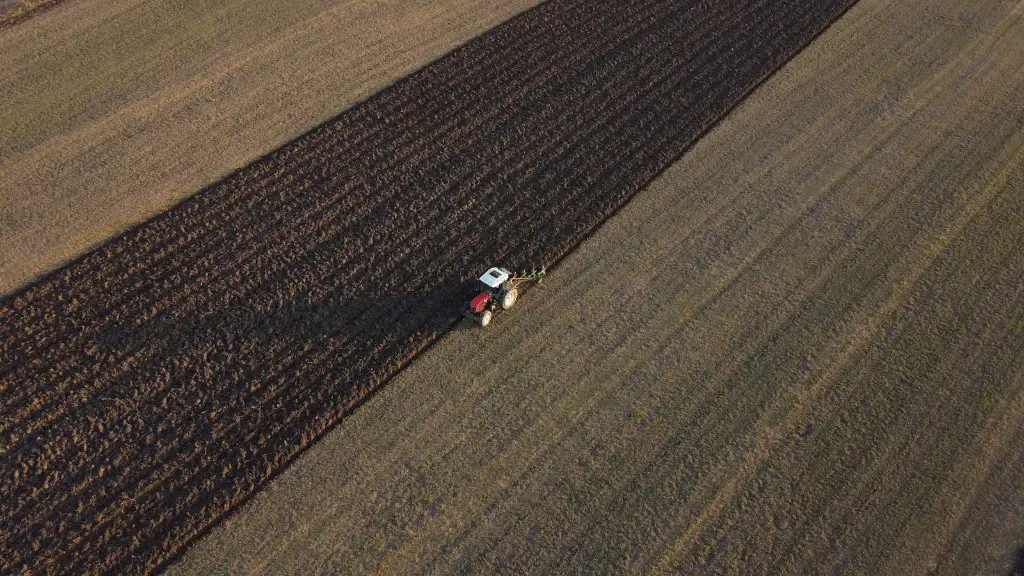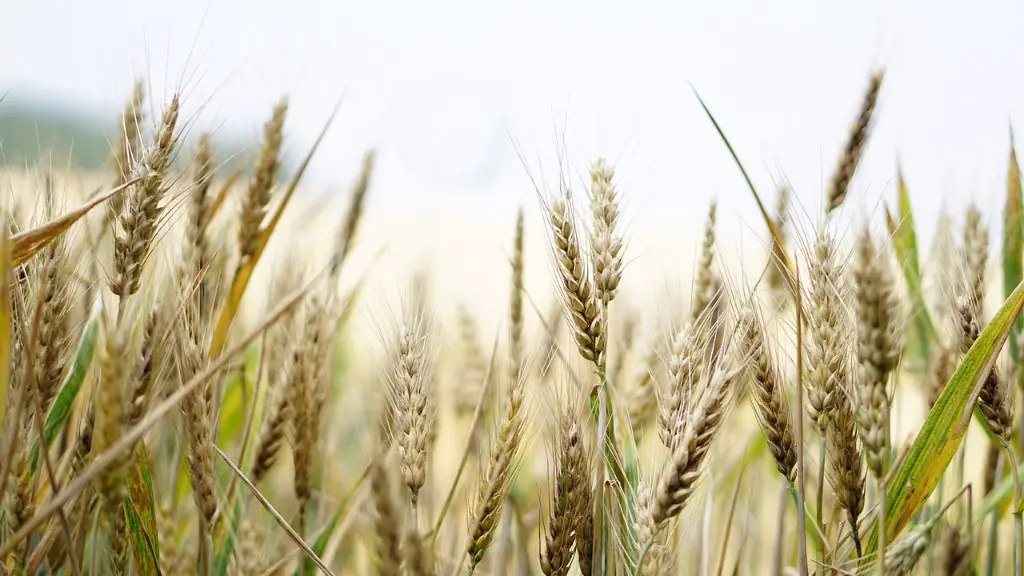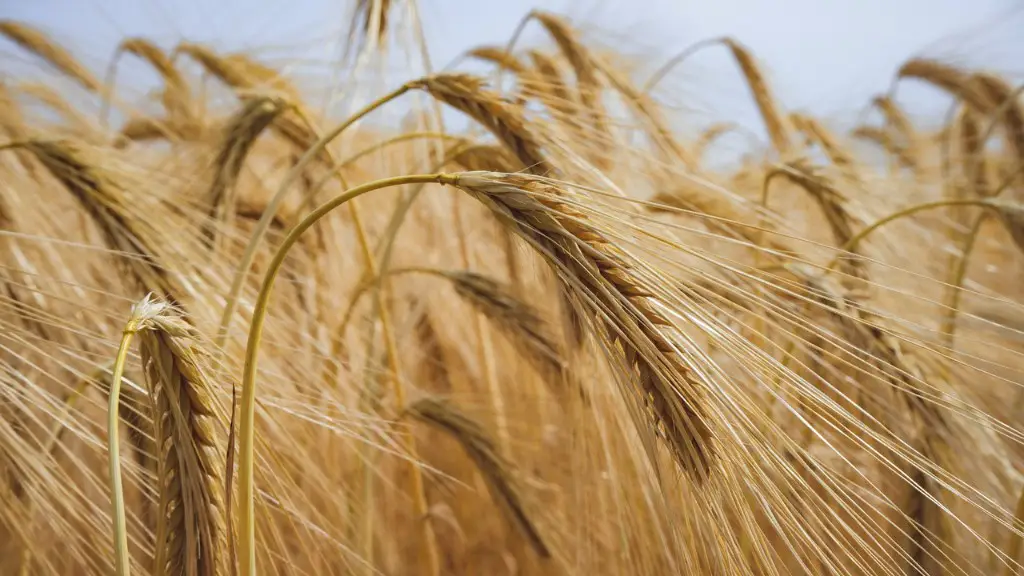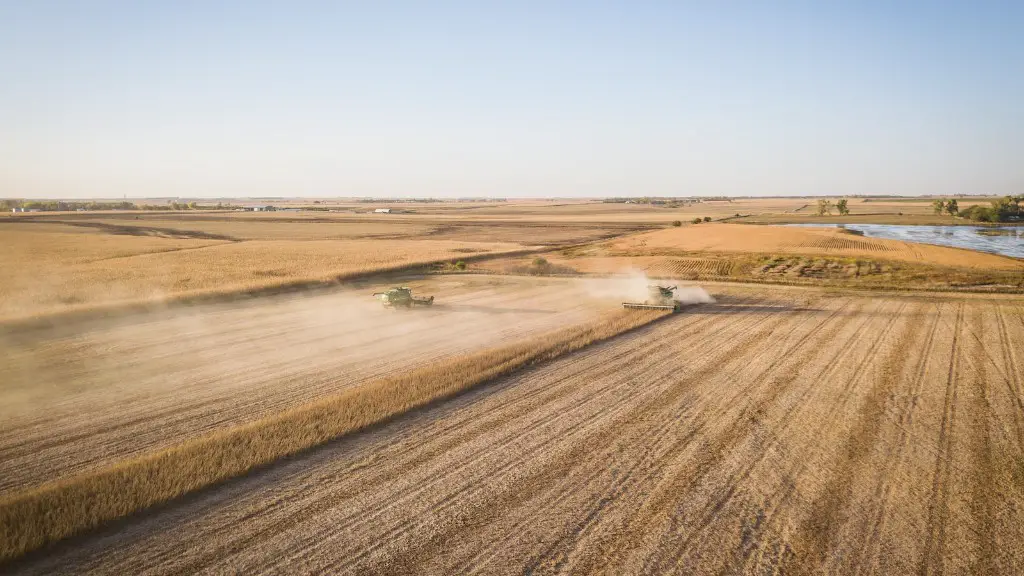Stocking rate is an important consideration for farmers and agriculturalists when managing their land, as it determines the number of animals that can be supported by a given area. The concept involves balancing animal welfare and productivity while simultaneously maintaining the quality of the land. Stocking rate is measured in terms of animal units per hectare, and can vary depending on the type of animal and the specific land in question. There are a variety of techniques available to calculate stocking rate, each of which should be tailored to the individual needs of the farmer.
A stocking rate is calculated based on the carrying capacity of the land and the amount of feed needed to sustain the animals. Carrying capacity is the number of animals that can be raised in a given area within a given timeframe. This means that for a given grazing land, the management of the land needs to be adapted to the specific conditions to ensure the optimal number of animals are present. Factors that can affect carrying capacity include soil type, climate and the type of vegetation present.
In determining stocking rate, farmers should also consider the type of feed needed for the animals. Different animals require different types of feed in order to remain healthy. For instance, ruminants need better quality forage than other animals, and may need more energy-rich feeds to maintain production. As such, it is essential that the farm has access to suitable feeds and an adequate supply of them to sustain the chosen stocking rate.
In addition to feed requirements, stocking rate also depends on how much of the grazing land is available to the animals. For example, if trees are present, the amount of open grazing land may be reduced, meaning that fewer animals can be supported by the same area. It is important to accurately measure the amount of available land before determining a stocking rate to ensure that there is enough feed to sustain the planned number of animals.
Finally, stocking rate should be monitored over time to ensure that the animals are being cared for and that the land is being managed efficiently. Stocking rate calculations should be regularly reviewed and adjusted when necessary to ensure that the animals maintain optimum health, the land remains productive, and the farmer gains the maximum benefit from their livestock.
Factors Affecting Stocking Rate
There are a variety of factors that need to be considered when calculating stocking rate, as they all affect the number of animals that can be supported by a given area. Carrying capacity is a key factor, as it determines the amount of grazing land available to the animals. It is also determined by the type of soil, climate and vegetation present, as these will all affect the number of animals that can be supported by the land.
In addition, type and quality of feed must also be taken into account when calculating stocking rate. Not all animals have the same feed requirements and, as such, farmers need to ensure that they have access to the correct type of feed in order to maintain a healthy and productive herd. This may mean supplementing the available forage with additional energy or roughage-rich feeds.
Finally, other considerations such as soil health, animal welfare, and the availability of fresh water must also be taken into account when calculating stocking rate. These factors are all essential in ensuring the farm can produce a quality product while simultaneously maintaining their land.
Calculating and Maintaining an Optimal Stocking Rate
The process of calculating stocking rate is relatively straightforward, but requires careful consideration to ensure an optimal result. Farmers should first start by assessing the carrying capacity of the land, which is determined by the soil type, climate and vegetation present within the property. Once this has been established, the type and quantity of feed needed for the animals can be calculated and accounted for when determining the stocking rate.
In order to remain productive, it is also essential to constantly monitor stocking rate and adjust it when necessary. Factors such as the health of the soil and the quality of the feed should be regularly assessed and adjustments made as required. This will ensure that the land remains healthy and that the animals maintain optimum welfare.
Common Stocking Rates
The exact stocking rate for a property will vary depending on a range of factors, including the type of animals, available land and the quality of soil and feed. Generally, however, cattle stocking rates tend to range from around 1-2 cows per hectare, while sheep stocking rates are typically around 6-8 sheep per hectare.
It is important to remember that these figures are given as a guide only and should be taken as indicative rather than absolute. Farmers should always assess their own properties and consider the specific characteristics of their animals when determining their stocking rate.
Managing Rainfall and Climate
Rainfall and climate are also critical factors in determining stocking rate. In areas that experience dry periods, it is essential that the stocking rate is adjusted accordingly. This means reducing the number of livestock supported by the land to ensure that there is enough feed available during dry periods. It is also important to consider the amount of shade available to the animals, particularly in hot climates, to ensure that their environment is suitable.
In areas that are subject to heavy rain and flooding, the stocking rate should also be adjusted to ensure that the land can support the animals. During rain or after flooding it is important to reduce the stocking rate to prevent overgrazing and soil damage. This will help protect the land and ultimately ensure it can remain productive for the long term.
Land Management
Stocking rate is an important part of land management, as it can have a significant impact on the health of the land. Overstocking can lead to overgrazing, which can cause soil erosion, damage to vegetation and can reduce the fertility of the land. Therefore, farmers should regularly assess their stocking rate and adjust it when necessary to ensure that the land remains healthy and productive.
Maintaining a balanced stocking rate is also essential for animal welfare. Overstocking can lead to increased competition for resources, meaning animals may become stressed or malnourished. Therefore, it is essential that only enough animals are kept on the land to ensure that they all have access to the feed and resources they need.
Farmers should also consider how they can supplement the grazing with supplementary feed, such as hay or silage, particularly during times of drought or cold weather. This can help reduce the stocking rate and ensure that the animals have access to the resources they need to stay healthy and productive.
